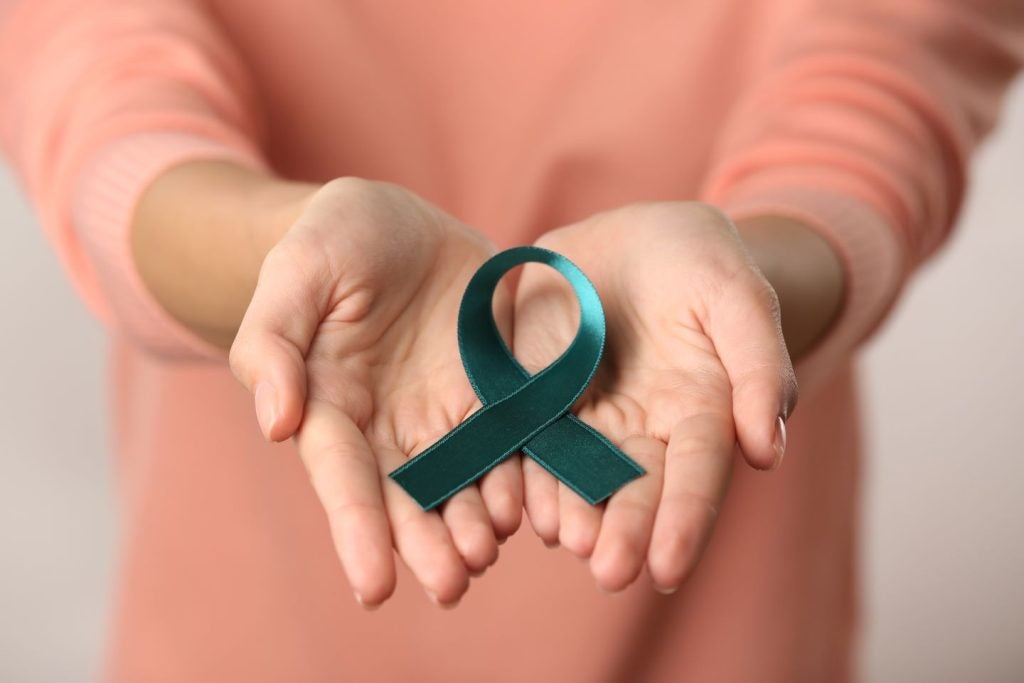Cervical cancer is one the most common cancers in women; its main cause is long-lasting infection with certain types of human papillomavirus (HPV). GlobalData’s epidemiology forecast estimates that in the US in 2024 there will be approximately 13,700 diagnosed incident cases of cervical cancer in adult women. These cases are expected to increase to approximately 14,400 by 2030. Although overall incidence rates have stabilised, trends vary by age group. According to the American Cancer Society’s Cancer Statistics, 2024 report, US incidence rates for cervical cancer increased by approximately 2% per year from 2012 to 2019 for women aged 30–44 years. This marks a reversal in the large decrease in cervical cancer incidence rates seen from the mid-1970s to the mid-2000s. The decrease was driven by increased screening and removal of precancerous lesions. Analysing the cause of this increase will help guide future efforts and address gaps in preventive measures.
The reversal of trends in women aged between 30 and 44 years may indicate gaps in screening and vaccination coverage. Screening guidelines for cervical cancer have changed and become more complex over the last decade, with recommendations for a Pap test, HPV testing, or co-testing varying by age group. Screening intervals have been extended from yearly to every three years to every five years. These changes can make it difficult to keep track of screening deadlines. Data from the National Health Interview Survey indicates that cervical screening rates for women aged 21–65 years declined from approximately 81% in 2010 to 72% in 2021. Regular cancer screening is critical because it leads to early detection, reduces invasive cancer, and allows for effective treatment. Cervical cancer screenings test for precancerous changes in the cervix caused by HPV. Catching these early changes means physicians are intervening before cancer develops, leading to better treatment outcomes and survival rates. When cervical cancer is detected at an early stage, women have treatment options that are less invasive, more likely to preserve fertility and reduce the need for radiation or hysterectomy. Missing screenings increases the risk of developing cervical cancer, and according to the Centers for Disease Control and Prevention (CDC), more than 50% of women diagnosed with cervical cancer have never been screened or have not been screened in the last five years.
Another reason for the observed increase in the incidence of cervical cancer in women aged 30–44 years may be suboptimal vaccination coverage. Some women in this cohort may not be vaccinated because they were older than the recommended age or missed the window for vaccination. HPV vaccination is important for protecting against several types of cancers, not just cervical cancer. The risk of developing cervical cancer and other HPV-related cancers is significantly reduced by vaccination. This is reflected in the cervical cancer incidence rates in women aged 20–24 years, some of the first to be exposed to the HPV vaccine, whose incidence rates decreased by 65% from 2012 to 2019.
Considering the age-specific trends of cervical cancer is essential so that no demographic is left behind. Timely screenings, especially for those not vaccinated, are critical. Vaccination, even after exposure to HPV, is important because it can still provide significant protection because it targets several HPV strains. Going forward, increasing screening rates will make a big impact because many routine cancer screenings such as Pap tests were postponed or canceled during the height of the Covid-19 pandemic. As a result, there was a delay in diagnosis for cancer patients. Understanding the factors behind the increase in the incidence of cervical cancer in women aged 30–44 years can guide public health interventions to improve access to healthcare and treatment for individuals, and reduce the burden of cervical cancer on public health.









